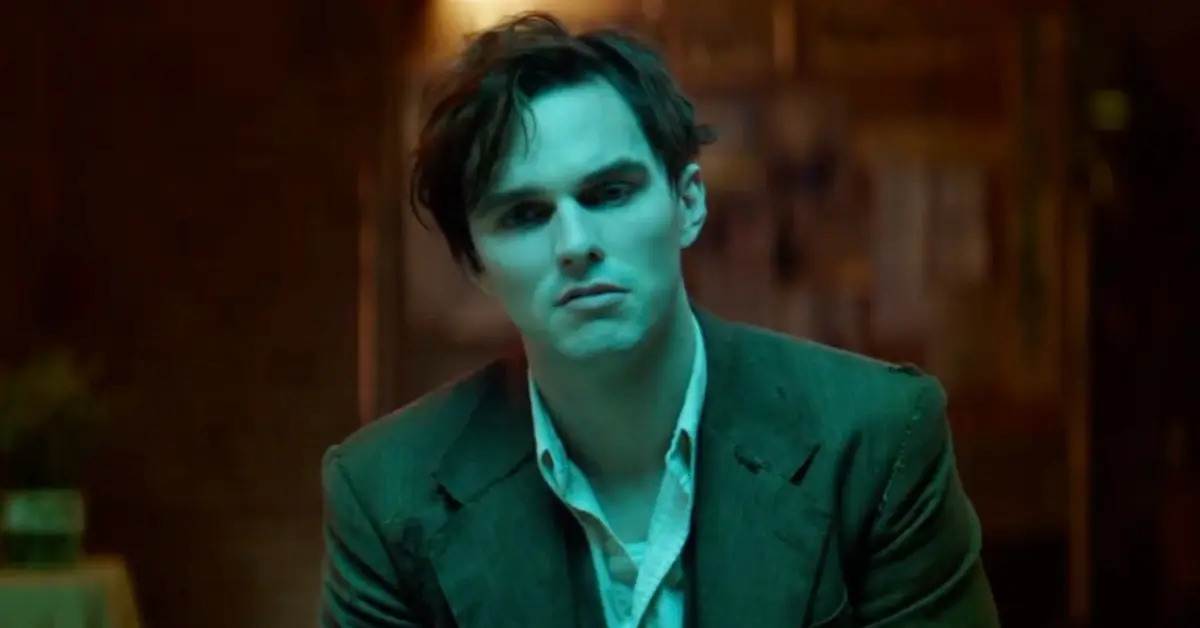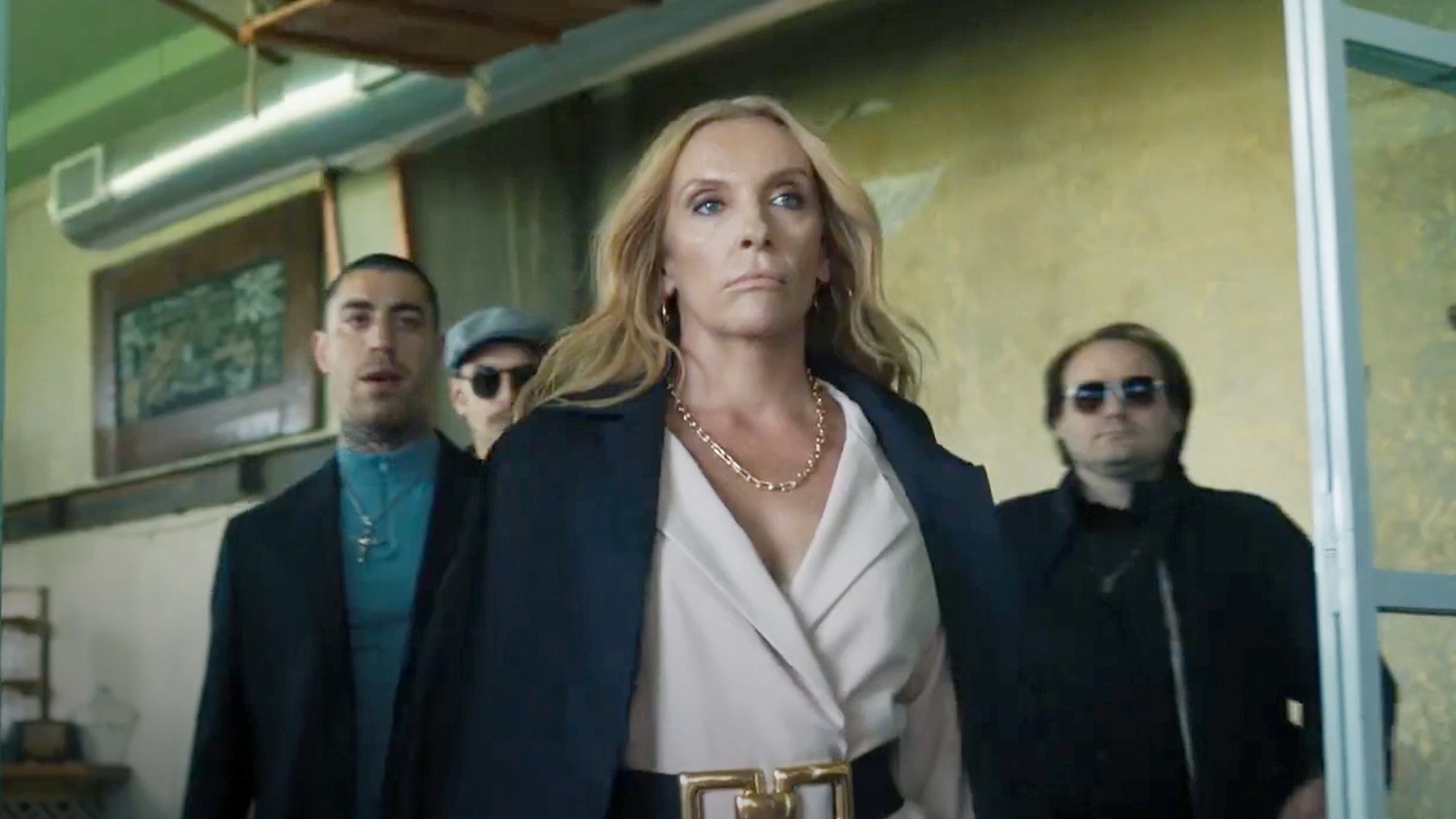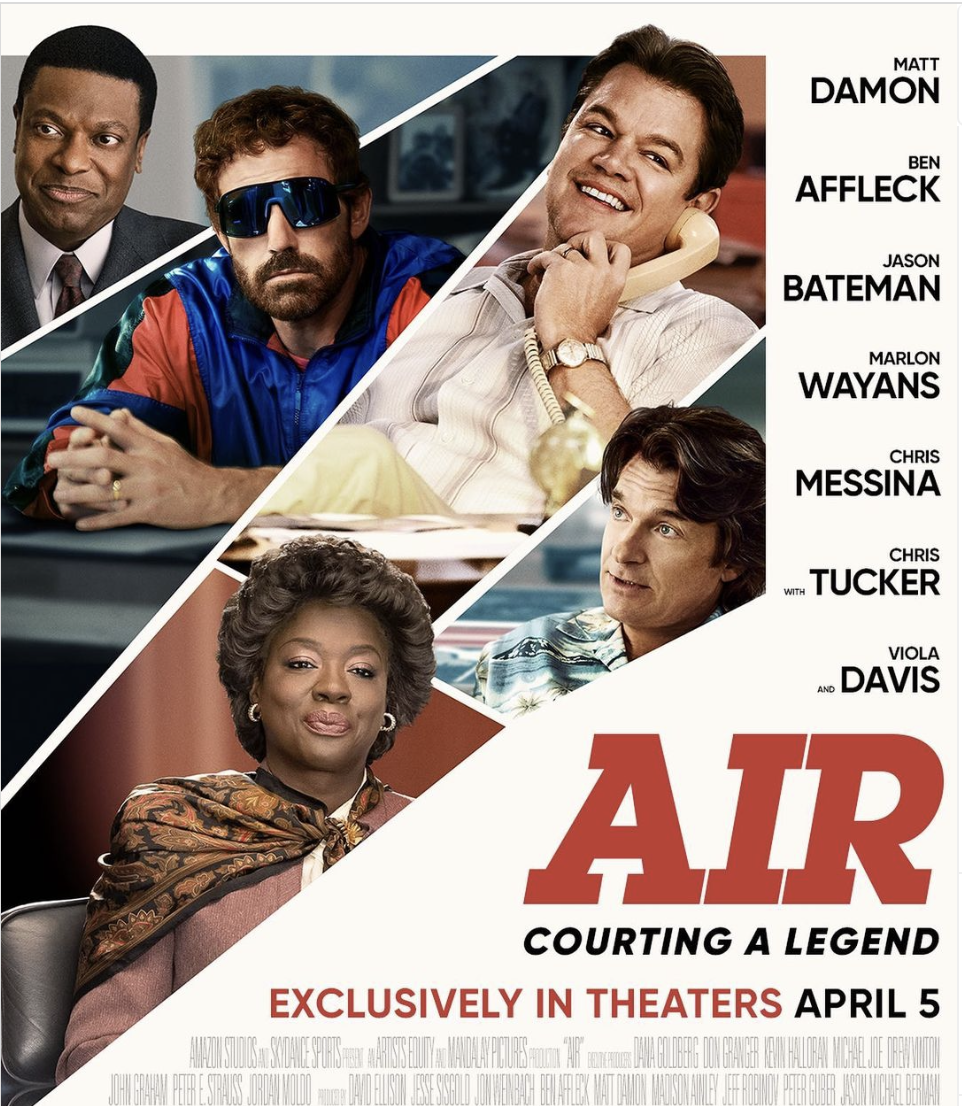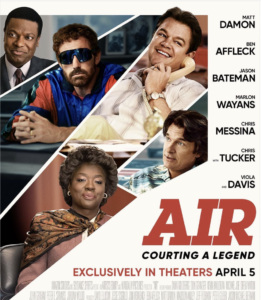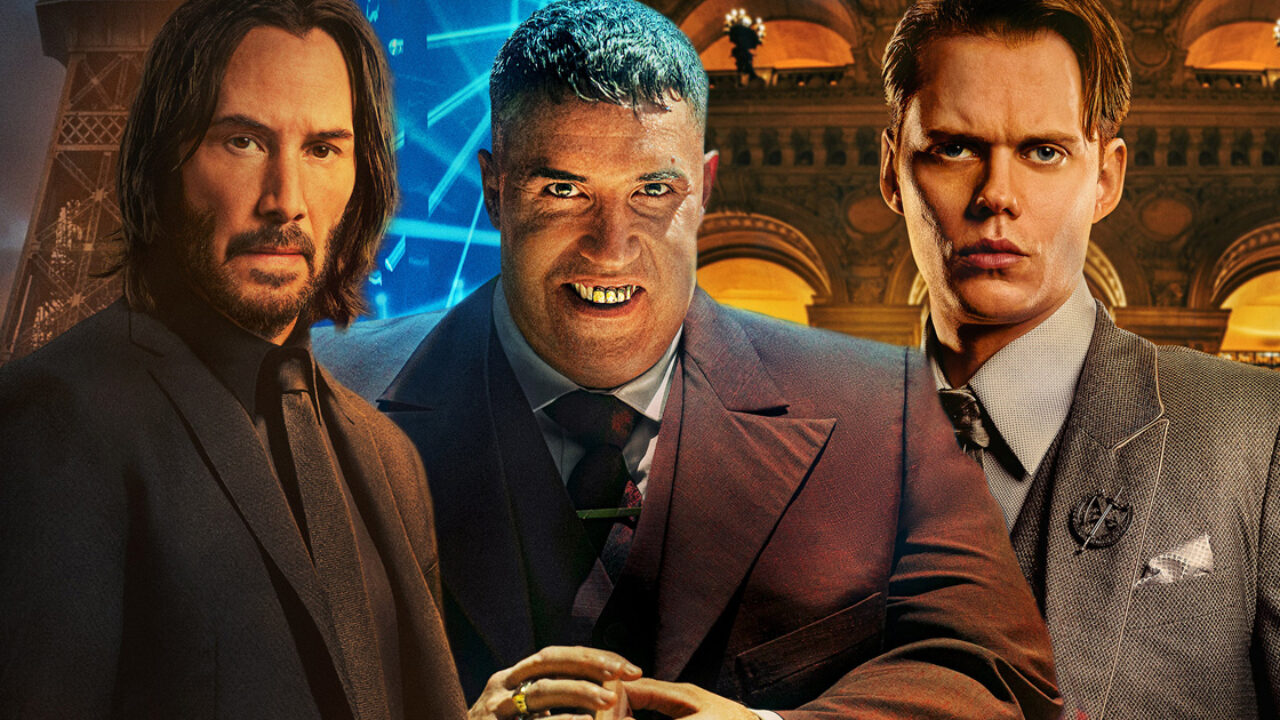Renfield
Posted on April 13, 2023 at 8:05 pm
B| Lowest Recommended Age: | Mature High Schooler |
| MPAA Rating: | Rated R for bloody violence, some gore, language throughout and some drug use |
| Profanity: | Very strong language |
| Alcohol/ Drugs: | Alcohol |
| Violence/ Scariness: | Extended fantasy peril and violence, vampires, some very grisly and disturbing images |
| Diversity Issues: | None |
| Date Released to Theaters: | April 13, 2023 |

No one every paid much attention to Renfield in the many previous versions of the Dracula story, but as the title informs us, here he is the main character. Renfield is the unfortunate soul who is stuck as Dracula’s “familiar,” somewhere between a sidekick and a servant. Dracula has endowed (or cursed) him with eternal life at a lesser level. While Dracula (Nicolas Cage, having a blast) feasts on human blood, fresh, pure blood from unsuspecting tourists, nuns, and busloads of cheerleaders preferred, giving him some superpowers of strength and flight, blood that can cure injuries, and the ability to transform into bats, Renfield (Nicholas Hoult) feasts on insects, giving him extremely good fighting skills. They both have some vulnerabilities as well. Dracula has his well-known problems with sunlight (it makes him burst into flames) and can be confined within a circle of protection. He also cannot enter unless invited in, giving rise to one of this film’s funniest sight gags.
What would happen if Renfield, utterly in thrall to his master, joined a support group for people in co-dependent relationships? That is where this movie starts, with the contrast between Renfield’s gothic persona (the faux archival footage putting Cage and Hoult into the settings of Universal’s classic Bela Lugosi film are a lot of fun) and the pastel colors, folding chairs, and perky affirmations. The leader of the group is the empathetic Mark (Brandon Scott Jones of “The Good Place” and “Ghosts”). And when others in the group describe the people in their lives as monsters, Renfield can identify. Dracula and Renfield always have to be on the move, with a cycle of Dracula’s being attacked by hunters, reduced in power, and needing to recuperate. Their latest home is in a dank (of course) abandoned building in New Orleans.
It occurs to him that he can change his life by helping others, starting with Mitch (Dave Davis), the toxic boyfriend of support group member Caitlin (Bess Rous). When Renfield goes to confront Mitch, though, he ends up in the middle of a shoot-out with the Wolf gang, the city’s most powerful crime family, led by ruthless Bellafrancesca Lobo (Shohreh Aghdashloo) and her hot-headed son Teddy (Ben Schwartz).
Rebecca (Awkwafina) is the honest cop who has been trying to bring down the Wolfs, but the rest of the police force is on the Wolf payroll. Rebecca’s sister is part of an FBI task force investigating the Wolfs, but they have not made much progress. This is personal for them; their father, also in the police force, was killed by the Wolfs. When she is attacked by the Wolfs, Renfield saves her life. She sees him as a hero and he begins to see himself that way. He wants to keep that feeling. And he likes Rebecca.
Dracula has other plans. He wants total world domination. “There is no more good and evil; only followers and food.” Mark tells Renfield the person co-dependent with a narcissist is the one with the real power in their relationship.
While the trailer suggests that this is a comedy with vampires it is more of a bloodbath with some funny moments. Cage has the role he was born for and he, I have to say it, forgive me, sinks his teeth into it all the way and then some. Hoult deftly conveys the slightly decayed English gentleman, suffused with longing and regret and hoping some inspirational posters will help. Awkwafina is, as always, delightful. It’s good to see Universal making use of its IP, I mean archive, in an innovative and affectionate way.
Parents should know that this movie is extremely gory with lots of carnage and many graphic and disturbing images and sounds. Characters use strong language. The includes drug dealing and drug use.
Family discussion: How do support groups help people who are in toxic relationships? What does Renfield’s apartment tell us about his feelings? How did Dracula get people agree to be his familiars?
If you like this, try: “What We Do in the Shadows,” the film and television series, and of course the many versions of the Dracula story starting with the Bela Lugosi 1931 version imitated in this film’s fake archival footage

